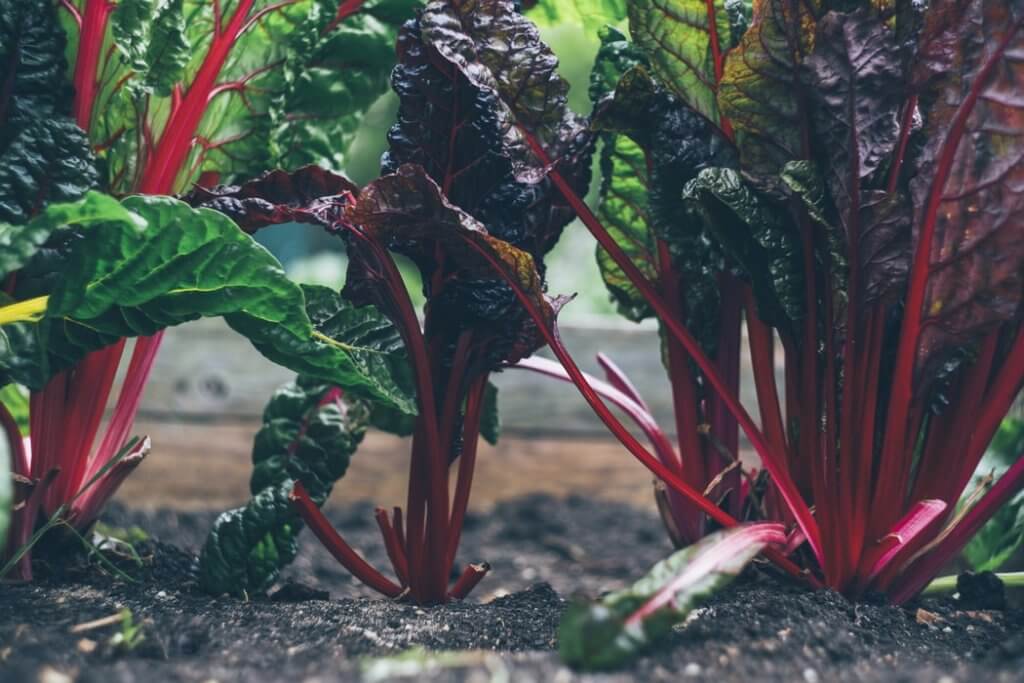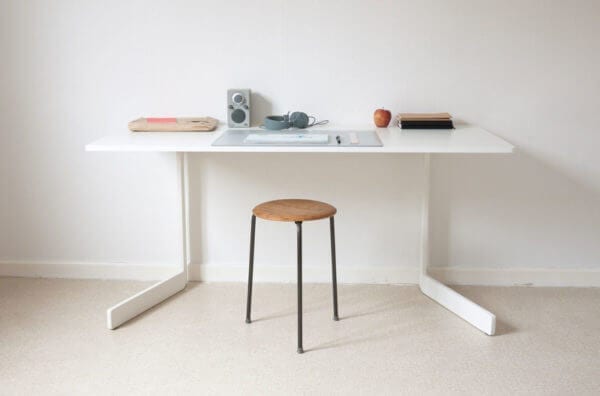The Ultimate Guide to Veggie Gardening! If you love vegetables, then jump into this post and grow your own.
Thank you for reading this post, don't forget to subscribe!The Ultimate Guide to Veggie Gardening: **
The first thing-MAKING AN INITIAL GARDEN PLAN
Starting a garden begins with planning while it’s still too cold to plant. Roughout planting ideas on paper, then use your plan to determine the size and quantity of plants you will need. Match plants to the growing conditions in your garden, especially the amount of sun or shade available. Group plants with similar needs for light, soil, and water in the same part of your garden. Check out the BHG Plan-a-Garden tool for a guide on basic garden design principles.
-Consider Color Too! Mix and match for real beauty and inspiration!
-Consider Region. Visit your local farm extension online for great simple info on what grows well in your area.
Another tip to the Ultimate Guide to Veggie Gardening:
Time to Choose Your Veggies!
TIP-Consider the scale of plants planted close together!
One of the best tips I can give folks about The Ultimate Guide to Veggie Gardening is to establish a decent size for a beginner’s vegetable garden-10×10 feet, about the size of a small bedroom. Keep it simple. Select up to five types of vegetables to grow, and plant a few of each type. You’ll get plenty of fresh produce for your summer meals, and it will be easy to keep up with the chores. If ten-by-ten feet seems intimidating, you can go smaller (the veggies won’t mind) or consider growing vegetables in containers. With them you don’t even need a yard; a sunny deck or balcony works fine. By planting vining crops like green beans and peas, you make use of vertical space in the garden and boost yield per square foot.
-Grow What You Love to Eat!
Remember Successive Cropping! Choose your growing site thoughtfully. If you plant your garden at the back of the yard, make sure you’re willing to trek out every day or so to check for droopy plants that need water, destructive pests, and produce that’s ready to pick. If you can locate your vegetable garden closer to the house, this will make it easier to harvest fresh produce or pick a handful of herbs while cooking in the kitchen or outside on the grill.
-Don’t forget to consider the movement of the sun during the day. Orient your garden from north to south to get maximum sun exposure; when plants are positioned from east to west, they tend to shade each other too much. No matter where you put your garden or what you decide to plant, there are three basic requirements for success: Sun, water, and soil.
The Ultimate Guide to Veggie Gardening Key Point!
-Consider Garden Tools, Soil, and Light! And think about Garden Beds. They offer you a platform to start fresh and use the perfect soil. Viola!
-Prepare the Soil! If the soil is soft. Great. If it is compact, add compost!
-Go Shopping and Read the Plant Tags That Match Your Plan!
-Consider Flora and Fauna and Pests. Easily, we want to protect the environment. I have never failed to naturally control pests. I use Soap water (natural dish soap) or Natural Soap Insecticides. No poison!!!! Handpick daily or so often for larger pests! Water the soil, not the plant, to prevent fungal disease. This really works and is tremendously important. Particularly in humid climates.
-Mulch for Great Water Retention!
The form you have selected does not exist.
The Ultimate Guide to Veggie Gardening Pro Tip!
Pro Tip: A well-tended 10×10-foot vegetable garden will usually produce more than a weed-filled or disease-ridden garden that measures 25×50-feet. I hope you have found this helpful. If so, please subscribe and follow along with me on social media.
Thank you for stopping by and reading about The Ultimate Guide to Veggie Gardening. I would love to hear your gardening story. Drop me a line, re*************@*****************ze.com. Visit my Green Thumb blog and enjoy more articles on growing your own veggies, flowers, and plants. I can’t wait to see what you are growing!
**Many thanks to bhg.com for all the great detailed info and garden articles.



